Private
If a date is marked as Private, it is reserved for a private group.
Don’t see exactly what you are looking for or looking for a custom date?
Call our trip consultants at 866-464-8735
Adventures for the REI community – see trips
Tailwind on every ride? – See e-bike trips
European Classic booking fast – see the trips
Explore Europe
Ride legendary climbs, roll through vineyard roads, and cruise coastal routes.
Discover our featured trips and find the perfect vacation to satisfy your wanderlust
Check out our active vacations for itineraries designed with every traveler in mind.
Whether you are looking for a leisurely vacation through the olive groves in Puglia, an unpaved adventure, or want to test your legs on the climbs of the Tour – we have a trip style for every traveler.
When you choose us, you’re traveling with a team that holds your memories in the highest regard and are committed to consistently exceeding your expectations.
To enrich lives through active travel, deliver experiences of a lifetime, and provide unparalleled hospitality.
Active vacations are what we do; the life-changing stories are why we do it.
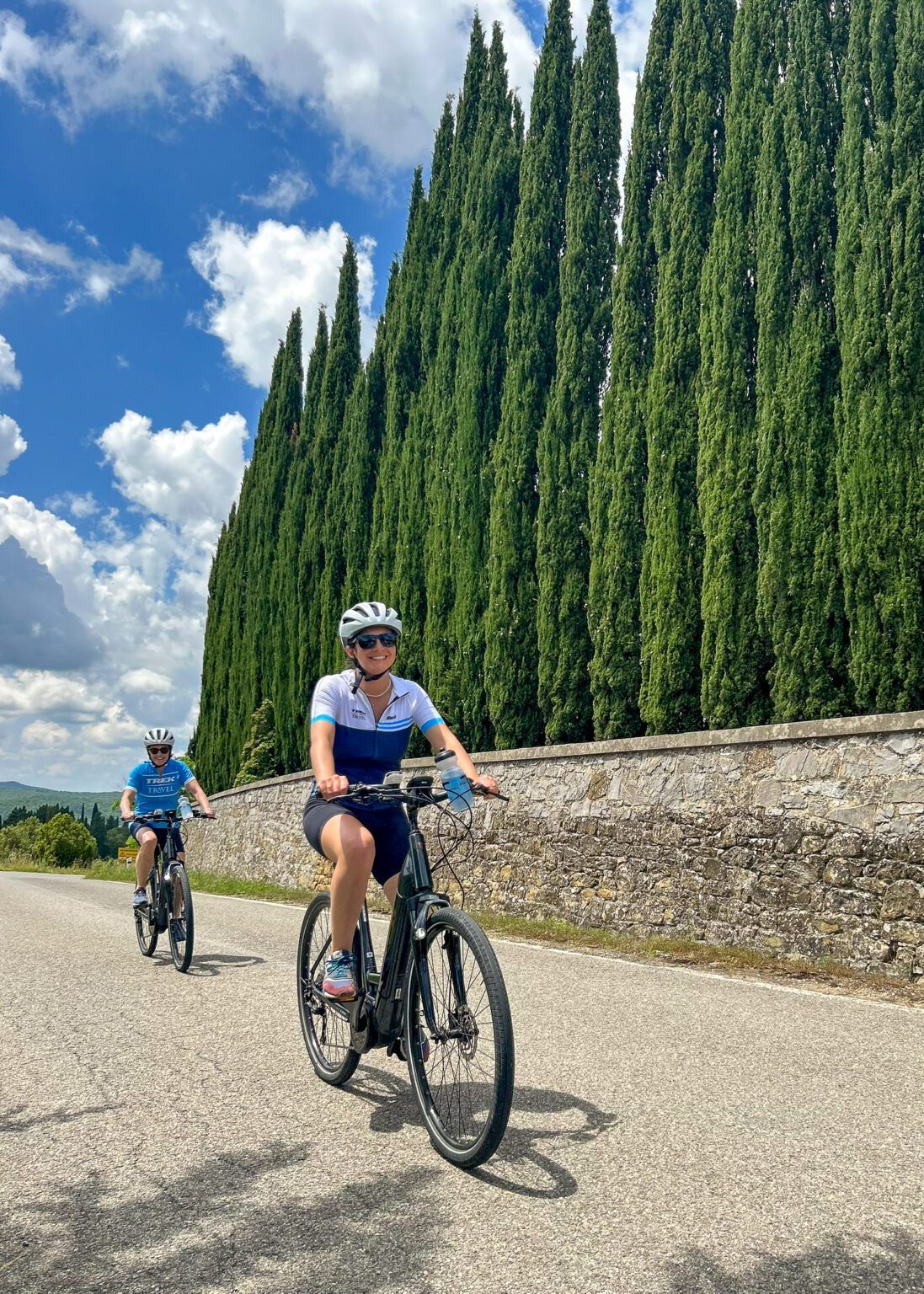
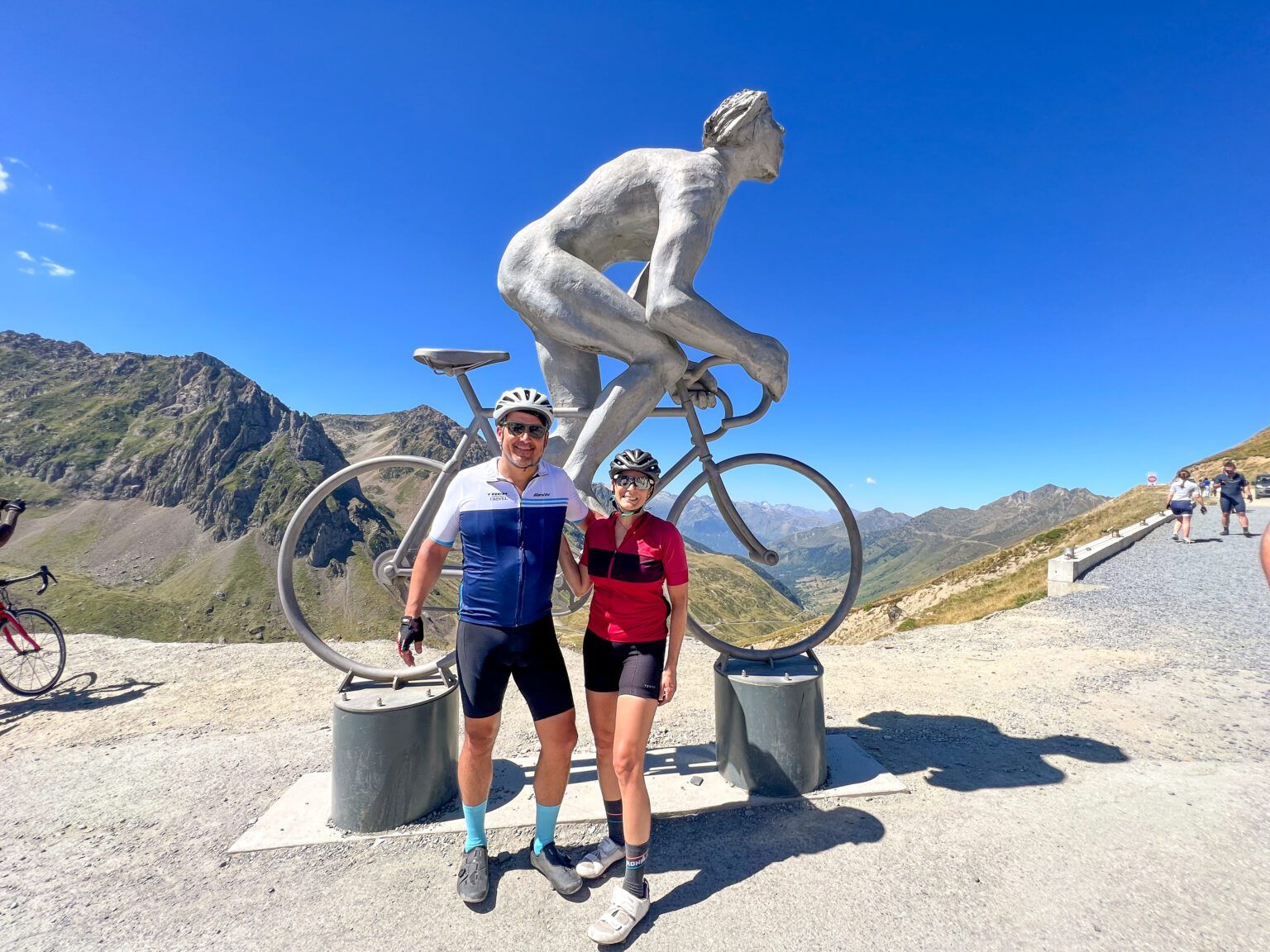
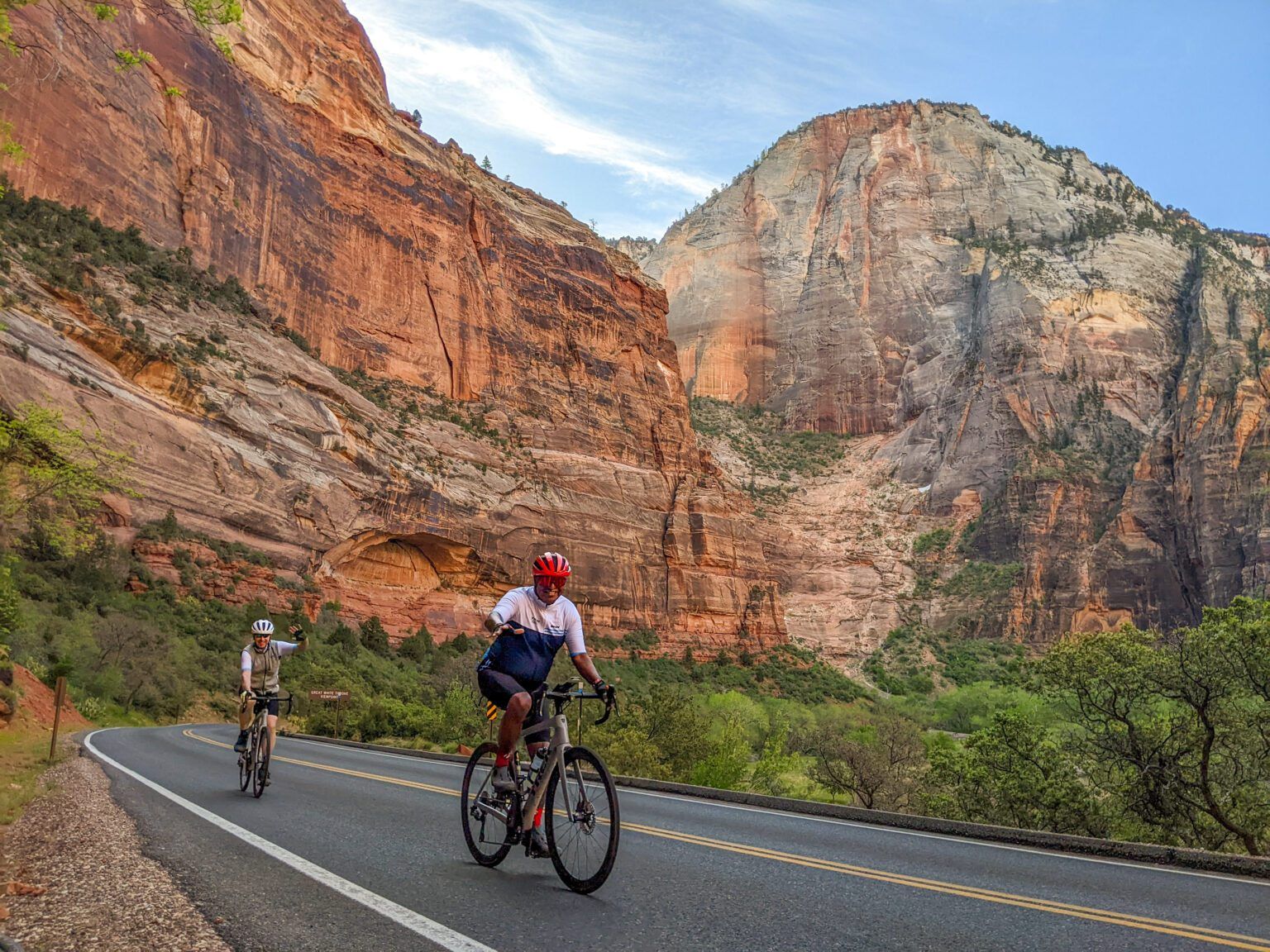
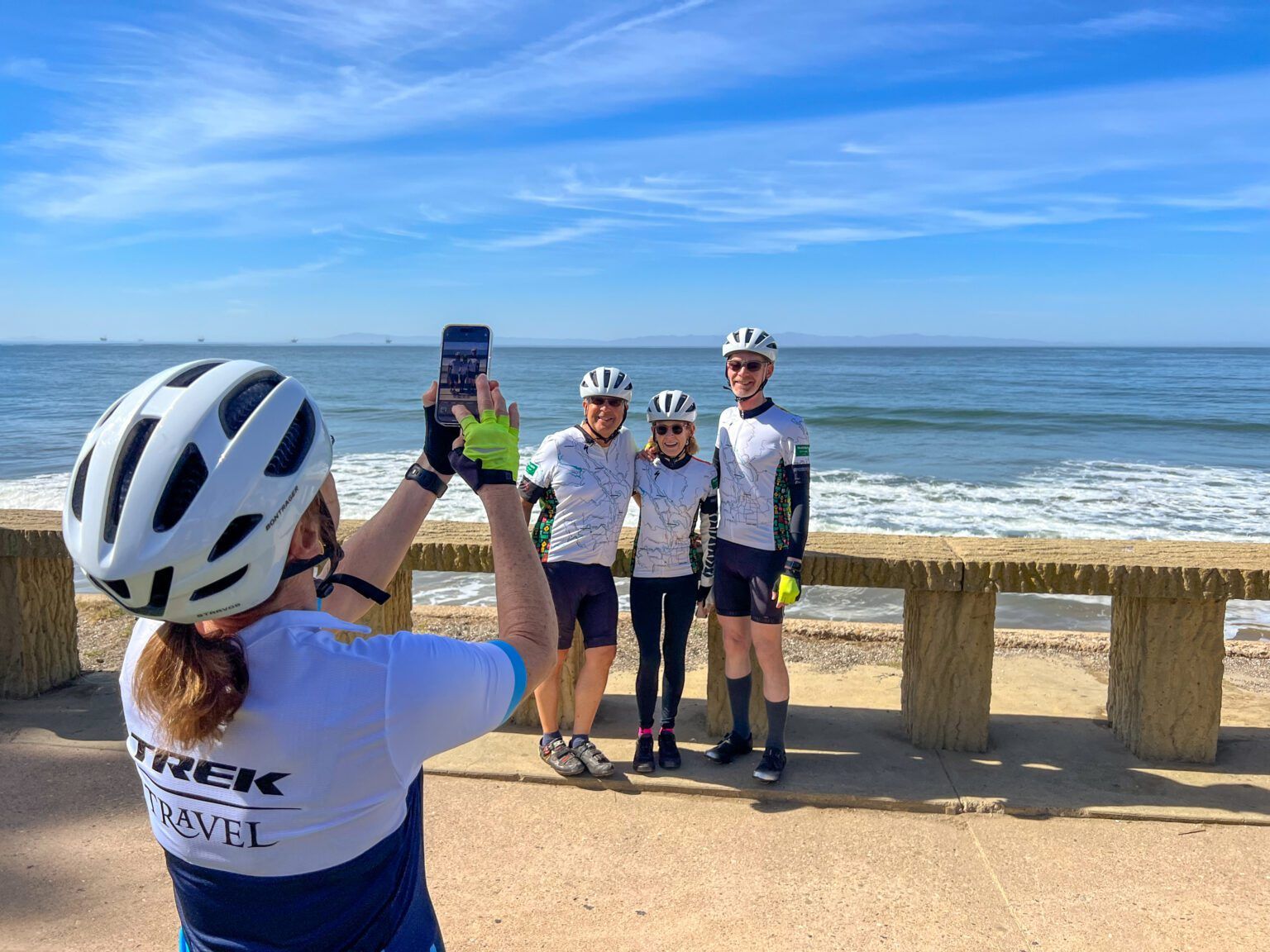
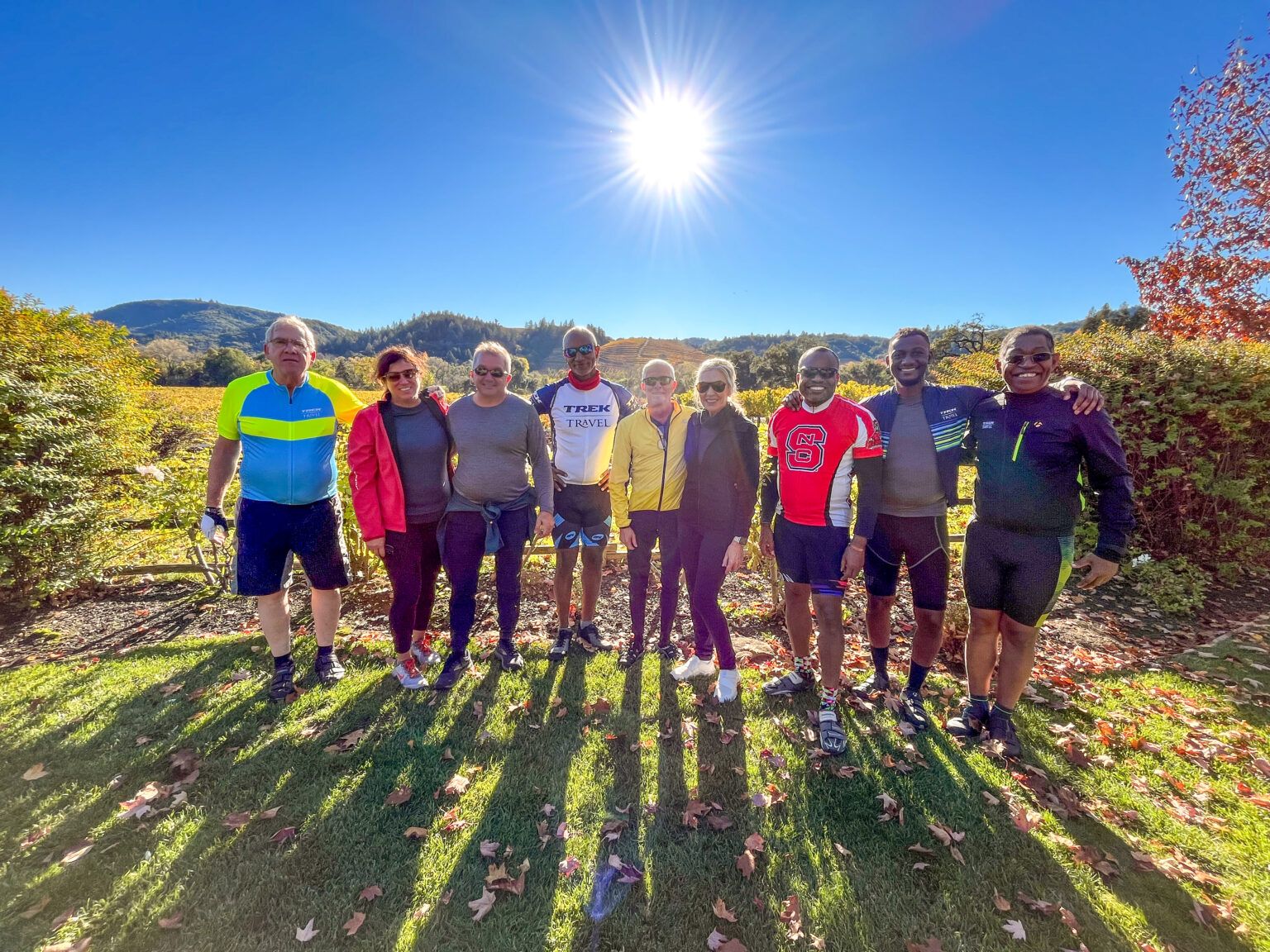
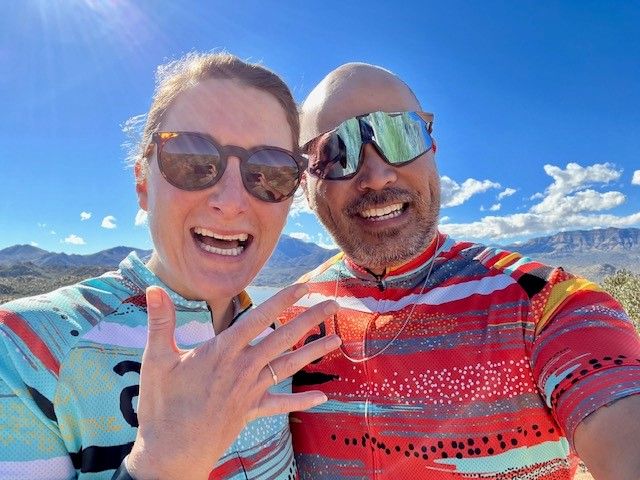
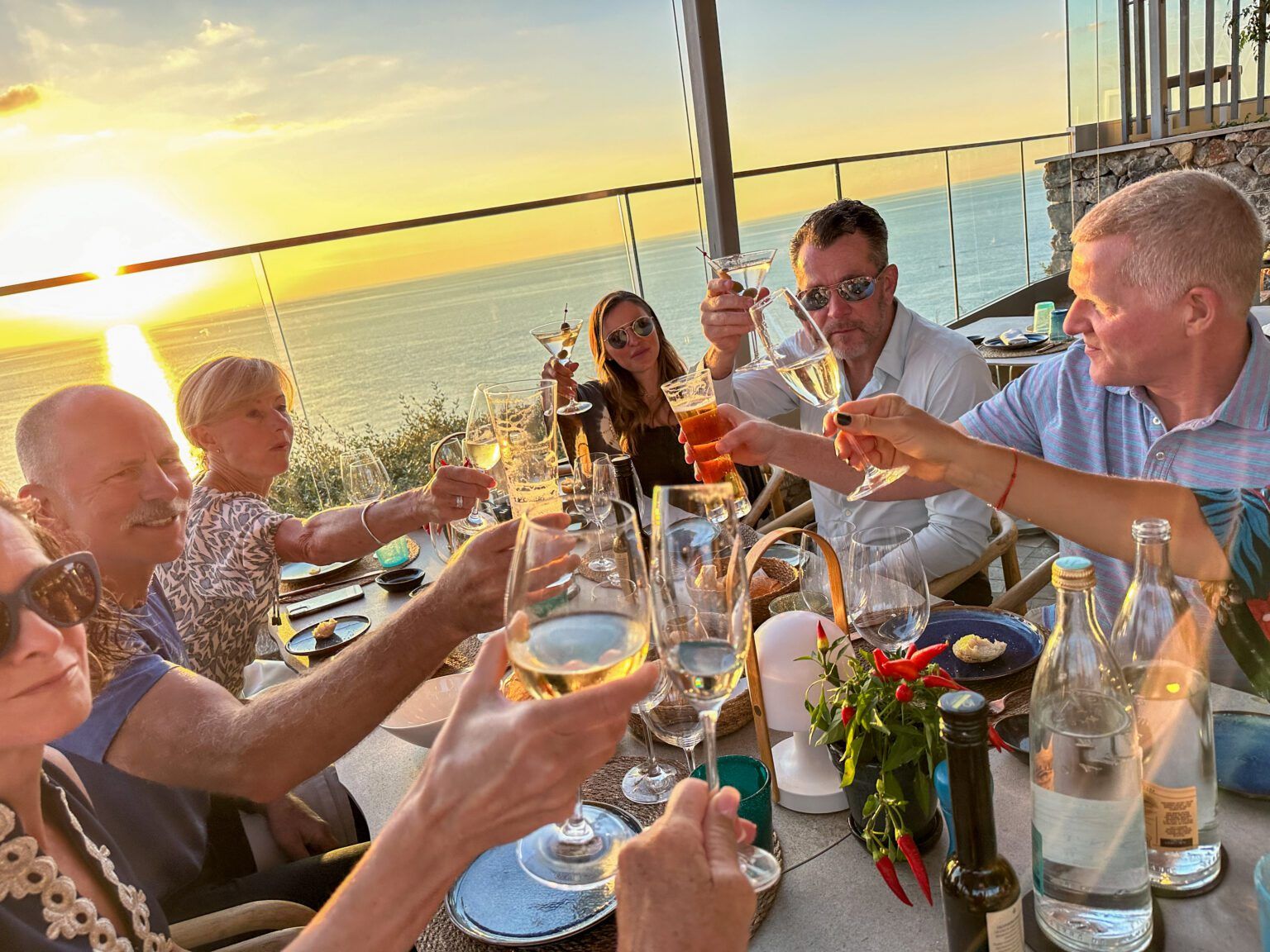
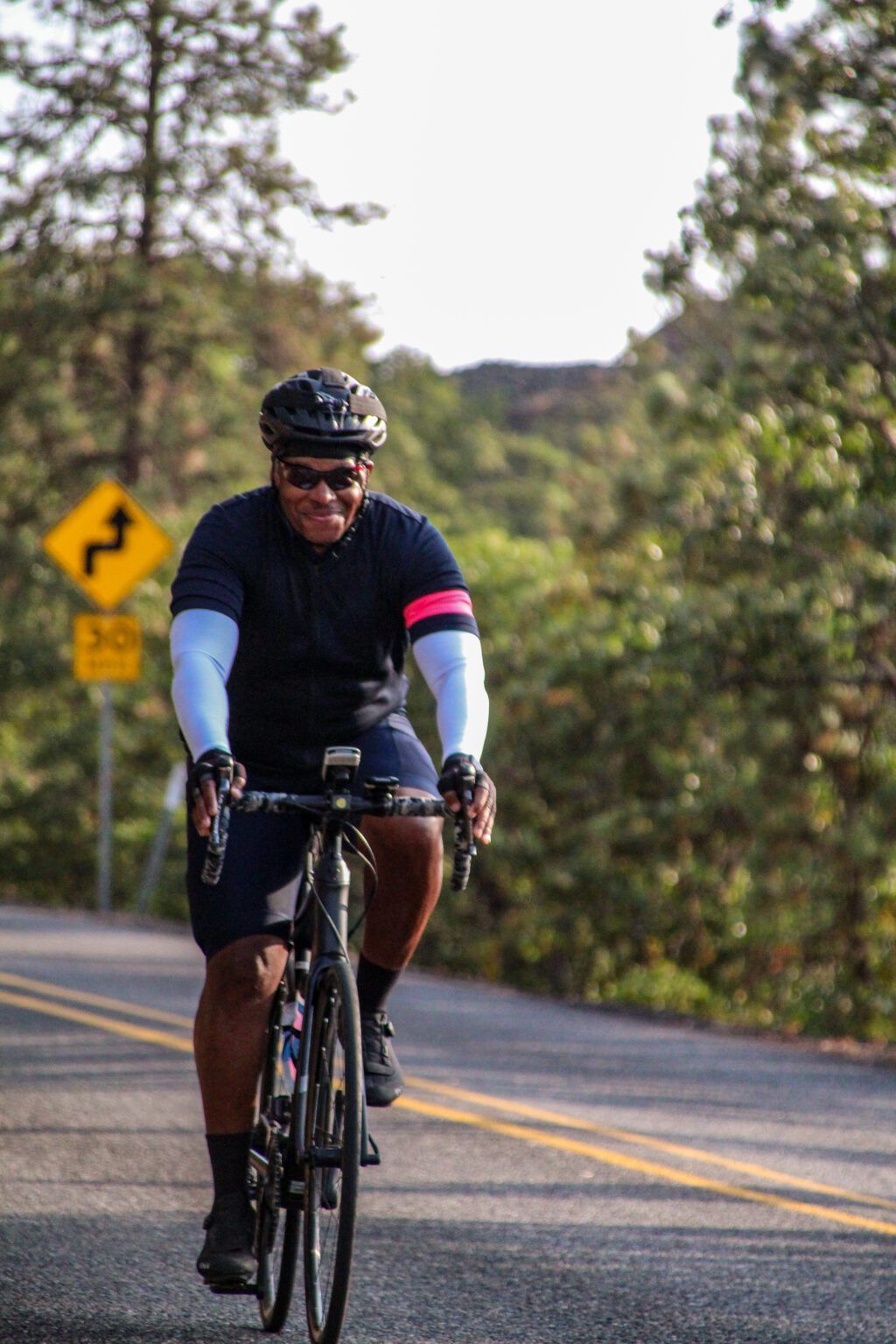
If a date is marked as Private, it is reserved for a private group.
Don’t see exactly what you are looking for or looking for a custom date?
Call our trip consultants at 866-464-8735
Savor some of the most spectacular, 5-star properties in the world. Exuding luxury and elegance, these one-of-a-kind accommodations offer the chance to rejuvenate at award-winning spas, dine at Michelin-starred restaurants, and more.
Enjoy luxurious accommodations handpicked for a refined experience. From signature spa treatments to delicious local cuisine, you’ll be more than provided for; you’ll be pampered.
These handpicked hotels provide relaxation and fun in a casual and comfortable environment. Delicious cuisine and great service mix perfectly for a memorable stay.
On select cycling vacations, you’ll stay at a mix of Explorer and Luxury hotels. Rest assured, no matter which hotel level you’re at, our trip designers carefully select every accommodation.
Road: 1-3 hours of riding. Up to 25 mi (40 km). Up to 1,000 ft (300 m).
Gravel: 1-3 hours of riding. Up to 20 mi (35 km). Up to 1,000 ft (300 m).
Hiking: 1-3 hours of hiking. Up to 5 mi (8 km). Up to 1,000 ft (300 m).
Road: 2-4 hours of riding. 20-35 mi (35-60 km). Up to 2,500 ft (750 m).
Gravel: 2-4 hours of riding. 15-30 mi (25-45 km). Up to 2,000 ft (300 m).
Hiking: 2-4 hours of hiking. 4-8 mi (6-12 km). Up to 1,500 ft (450 m).
Road: 3-5 hours of riding. 25-55 mi (40-85 km). Up to 4,500 ft (1,500 m).
Gravel: 3-5 hours of riding. 20-40 mi (35-60 km). Up to 3,000 ft (900 m).
Hiking: 3-5 hours of hiking. 6-10 mi (9-16 km). Up to 2,000 ft (600 m).
Road: 4+ hours of riding. 40-70 mi (60-110 km). Up to 8,000 ft (2,400 m).
Gravel: 4+ hours of riding. 30-50 mi (45-80 km). Up to 4,000 ft (1,200 m).
Hiking: 4+ hours of hiking. 7-15 mi (11-24 km). Up to 4,000 ft (1,200 m).
Classic:
Explore beautiful destinations with a curated blend of guided activities, local cuisine, handpicked accommodations, and itineraries to suit every traveler, from laid-back adventures to luxurious escapes.
Gravel:
Venture off the beaten path to unforgettable places, with fully-supported routes that combine gravel and paved roads in classic Trek Travel style.
Cross Country:
Tackle an epic adventure that takes you point-to-point across mountains, countryside, and more.
Pro Race:
See the pros in action at the biggest cycling events of the year.
Hiking & Walking:
Step into adventure with carefully designed routes, unparalleled hospitality, and deep-routed local connections.
Ride Camp:
Train like the pros in some of their favorite riding destinations.
Self-Guided:
Enjoy a bike tour on your schedule with just your chosen travel companions.
Enjoy a casual vacation with fantastic routes and comfortable accommodations.
Sometimes it’s more convenient and comfortable to have your own room while on vacation. We understand and that’s why we offer a Single Occupancy option. The additional price guarantees a private room all to yourself